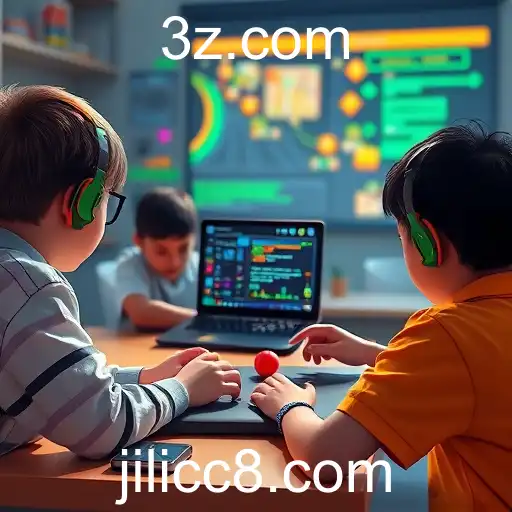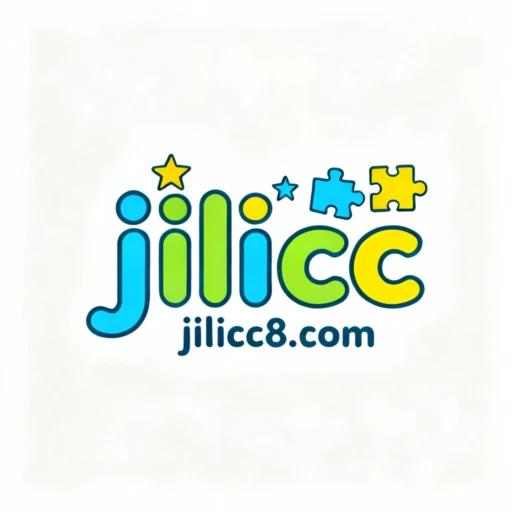jilicc | The Rise of Educational Games: Bridging Fun and Learning

In the ever-evolving landscape of education technology, gaming has emerged as a powerful tool to enhance learning experiences. Educational games, often categorized as 'edu-games', are designed to effectively combine entertainment with educational content. This category of games has gained significant traction, appealing to educators and learners, ranging from young children to adults.
The core idea behind educational games is to capitalize on the engaging nature of gameplay to facilitate learning. This form of learning goes beyond traditional methods, introducing an interactive and stimulating environment that can accommodate various learning styles. As digital natives, today's learners are increasingly comfortable with technology, making educational games an effective medium for imparting knowledge and skills.
One of the key aspects that make educational games appealing is their ability to incorporate real-world problem-solving skills within the gameplay. Games like 'Minecraft: Education Edition' and 'CodeCombat' provide a platform for learners to develop skills in creativity, critical thinking, and coding in a fun and immersive way. These games not only cater to STEM learning but also promote collaboration and communication among peers.
In addition to subject-specific knowledge, educational games also focus on soft skills development. Games like 'Classcraft' introduce students to team-based challenges that mimic real-life responsibilities, promoting decision-making skills and leadership qualities. By providing instantaneous feedback and rewards, these games keep learners motivated and eager to progress.
Educational games are not confined to the younger audience. For adults, gamified learning platforms such as 'DuoLingo' or 'Khan Academy' offer similar benefits. These platforms present learning as a series of engaging levels and challenges, encouraging users to learn at their own pace while maintaining consistent motivation.
Despite the numerous advantages, integrating educational games into traditional curriculums is not without challenges. Assessing the effectiveness of these games often requires intricate evaluation mechanisms. Additionally, educators must be equipped to seamlessly integrate these tools into their teaching strategies, ensuring that educational objectives are met without compromising the fun.
As the world of education technology continues to evolve, educational games stand at the forefront of this transformation. By bridging the gap between entertainment and learning, they offer an innovative approach that could redefine the future of education.



